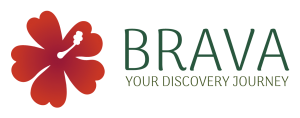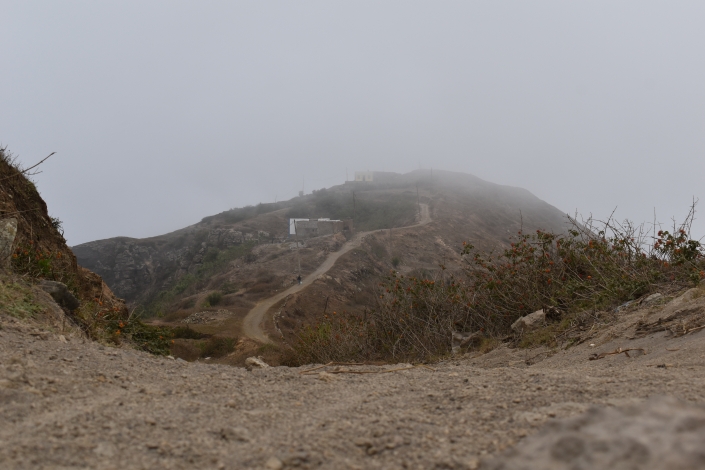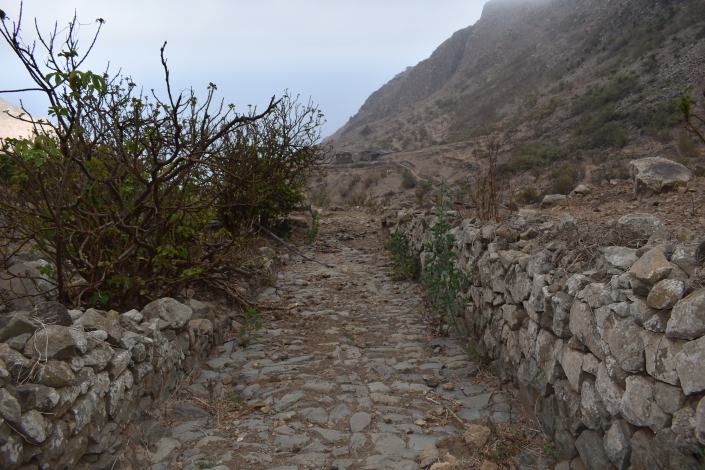P2 – Lomba Lomba/Fajã d`água
Points of interest
natural value
The dense vegetation that is clear from the beginning of the route and the views of mountains in green with a blue background of the sea alone show what is in store for us further on. The particularities of the natural landscapes constituted by species of trees relevant to the survival of the ancestors, the fruit trees, species of threatened fauna, the points of natural mirage, the natural water, the natural pools and the bay in front of the end of the route make this walk in a unique experience that symbolizes a good part of what is the potential to be explored by tourists on the island of Brava.
Cultural Values
In the town of “Lavadura” they say that there were only people with fair skin, blue eyes and long hair on the women, those who were known as the laundresses in the famous traditional laundries that still remain intact today. The town of Fajã d´água is loaded with symbology for the island and, in a way, for Cape Verde. It was from its bay that the first ship to the United States of America sailed, it was there that the history of emigration to the USA began, it was from there that the brave men launched to the sea to hunt for whales, it was from there that the ship “Matilde ” that tragically never appeared again, carrying many Bravians with the dream of emigration that to this day is regretted by family members and acquaintances. There is a small square next to the local church with a memorial containing the names of each of the disappeared, thus honoring them for the bravery and courage of one day honoring their native island. The curious thing about this tragedy is that in the list of the entire crew there is not a single name of any woman, and there was only one survivor who, by making the journey from his home to the ship, got distracted on the way and the ship dropped him ashore. . The survivor is still alive today. The Workers’ Day party is celebrated there on May 1st.

 Route 3 – Nova Sintra/João Da Nole/Fontaínhas/Mato
Route 3 – Nova Sintra/João Da Nole/Fontaínhas/Mato 









